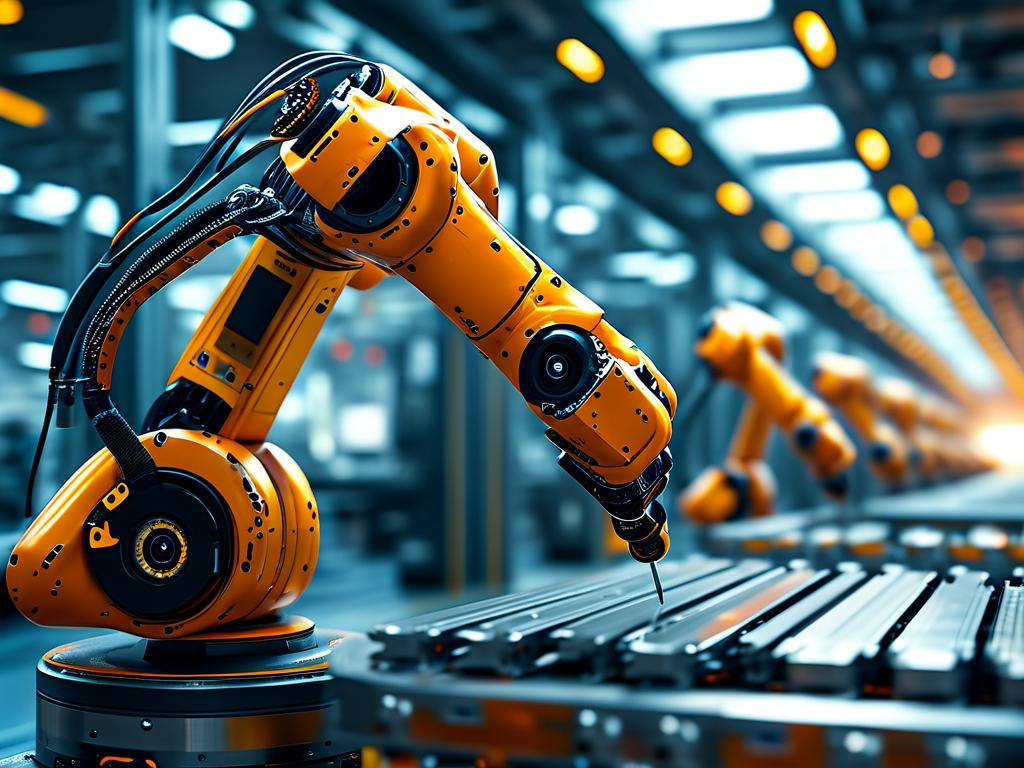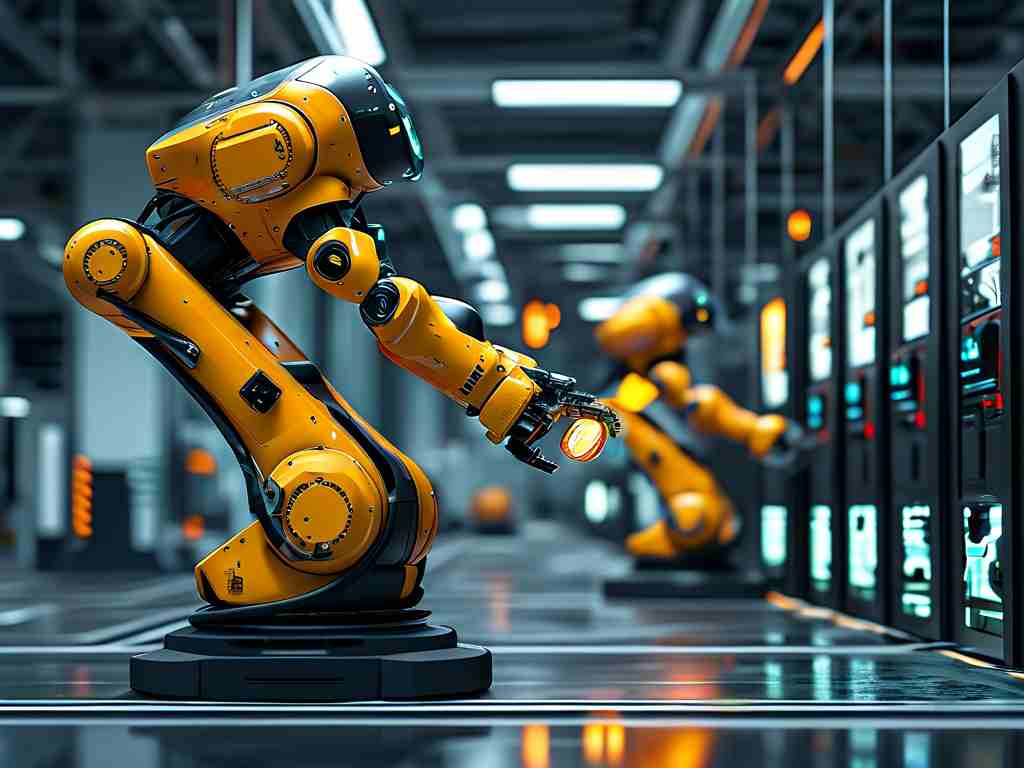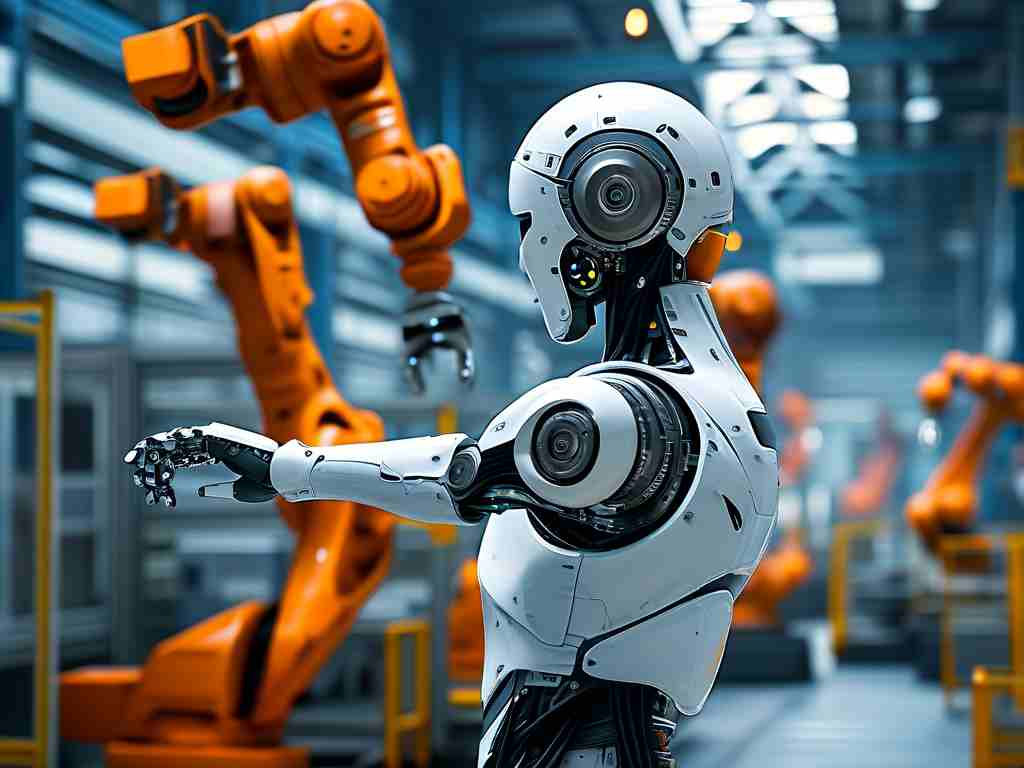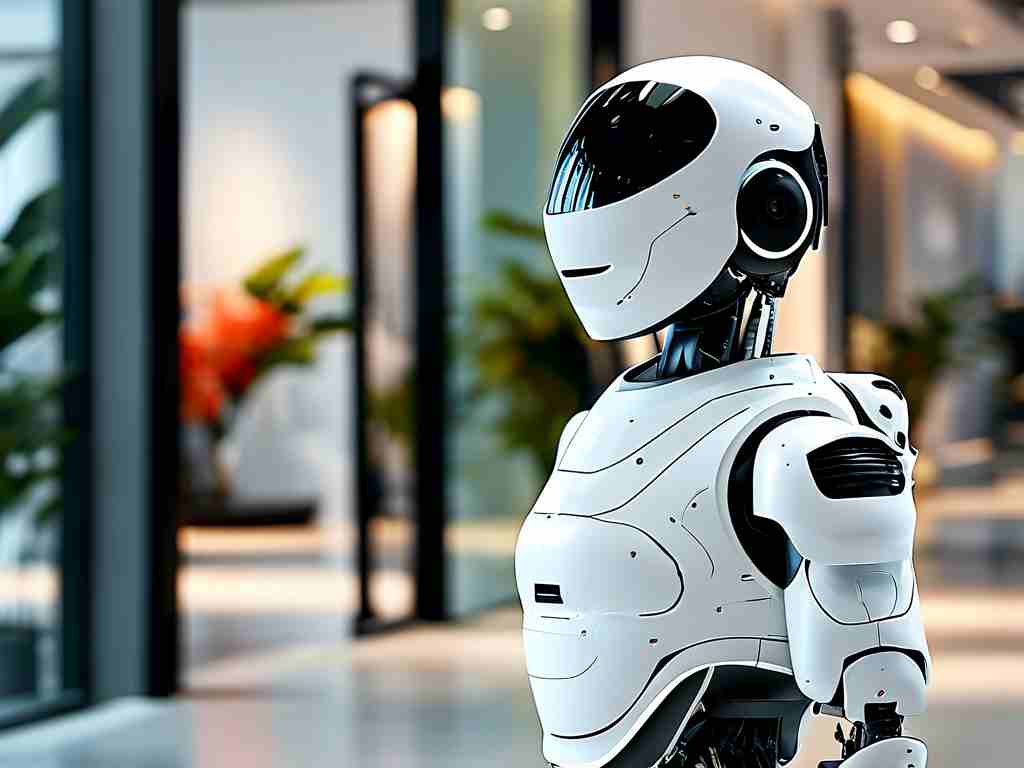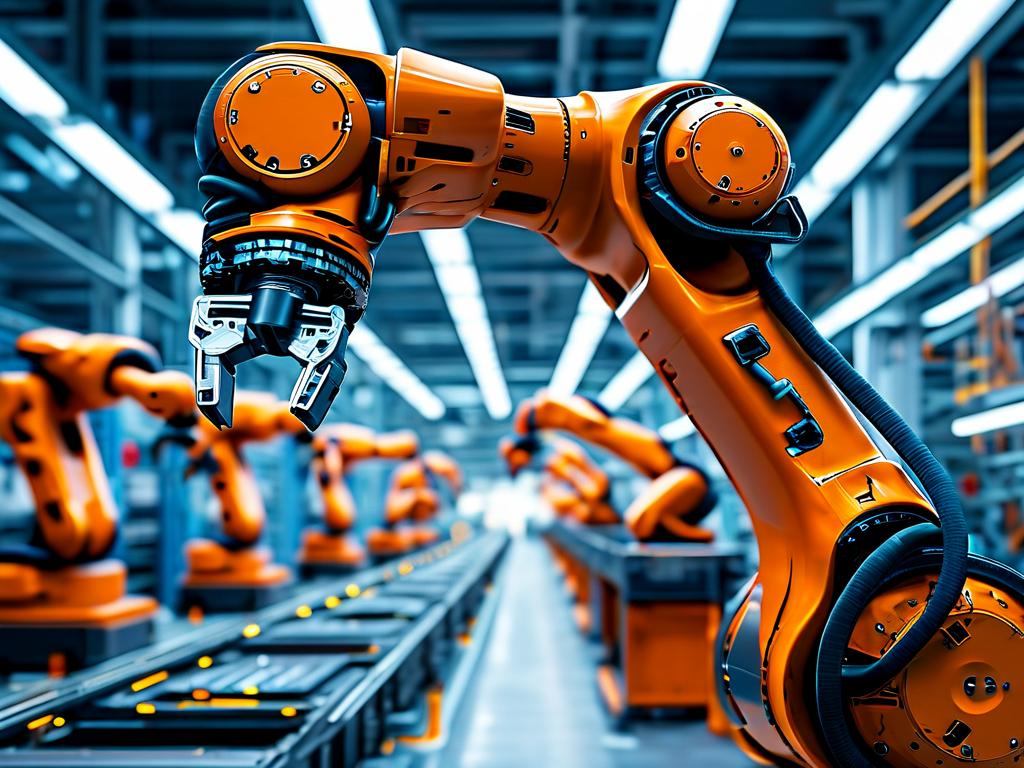The manufacturing landscape is undergoing a transformative shift, driven by the integration of robotics and adaptive technologies. Among these advancements, robotic flexible assembly technology stands out as a cornerstone for modern industrial automation. This technology enables machines to perform complex assembly tasks with precision, adaptability, and efficiency, addressing the growing demand for customized production and rapid product iteration.
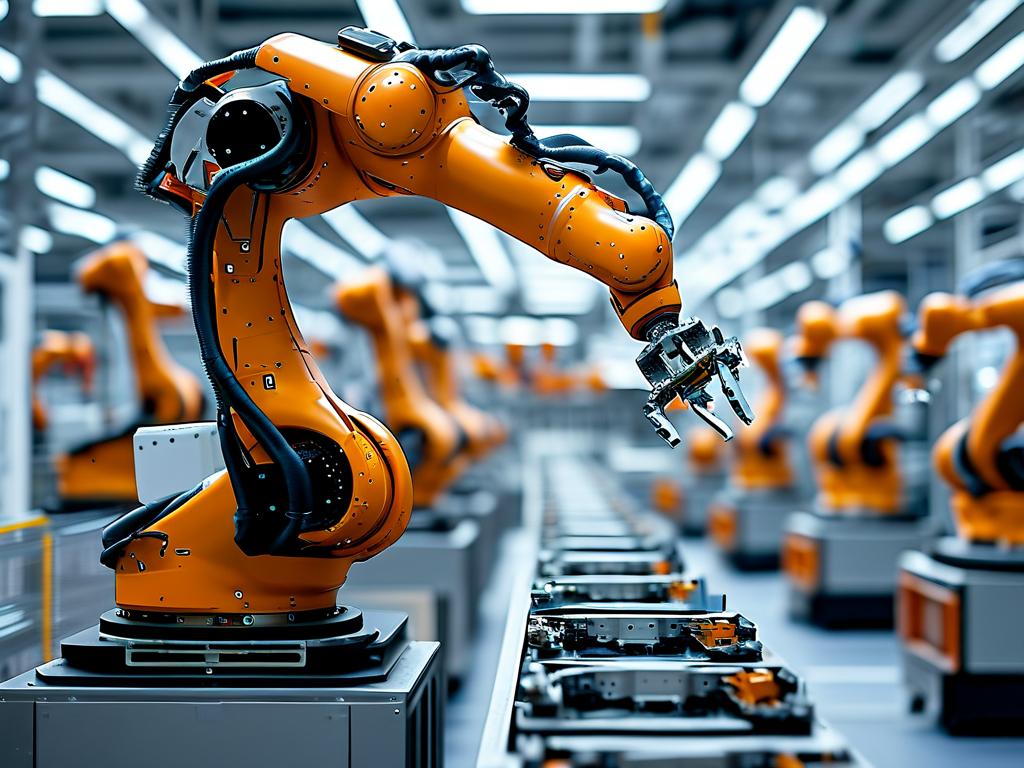
The Core of Flexible Assembly Systems
At the heart of robotic flexible assembly lies the synergy between hardware and intelligent software. Traditional assembly lines rely on rigid programming, limiting their ability to handle variations in product design or material properties. In contrast, flexible systems incorporate real-time sensors, machine vision, and adaptive control algorithms. For example, a robotic arm equipped with force-torque sensors can adjust its grip strength when handling fragile components, while vision systems identify minute deviations in part alignment. This dynamic responsiveness reduces error rates and minimizes downtime caused by recalibration.
A notable application is in the automotive industry, where manufacturers deploy flexible robots to assemble electric vehicle (EV) batteries. These robots adapt to varying battery sizes and configurations, ensuring consistent quality despite design changes. Similarly, in consumer electronics, flexible assembly lines enable rapid transitions between smartphone models without costly hardware overhauls.
Key Technologies Enabling Adaptability
Several technologies underpin the success of robotic flexible assembly. Modular end-effectors allow robots to switch tools autonomously, catering to diverse tasks within a single workflow. For instance, a single robot might use a suction gripper for glass panels and a magnetic clamp for metal parts. AI-driven path planning further enhances flexibility by optimizing motion trajectories in real time. By analyzing historical data and environmental inputs, algorithms predict potential collisions or inefficiencies, adjusting movements to maintain throughput.
Another breakthrough is the use of collaborative robots (cobots). Unlike traditional industrial robots confined to safety cages, cobots work alongside humans, combining human dexterity with robotic precision. In aerospace assembly, cobots assist technicians in installing intricate wiring systems, reducing physical strain and improving accuracy.
Challenges and Future Directions
Despite its promise, robotic flexible assembly faces hurdles. High initial costs and complexity deter small-to-medium enterprises (SMEs) from adoption. Additionally, integrating legacy machinery with new systems requires standardized communication protocols, an area still evolving in Industry 4.0 frameworks.
Looking ahead, advancements in edge computing and 5G connectivity will address latency issues, enabling faster data exchange between robots and central systems. Researchers are also exploring self-healing materials for robotic components, which could reduce maintenance needs in harsh environments.
Case Study: Medical Device Manufacturing
A compelling example of flexible assembly’s impact is in medical device production. A European manufacturer recently implemented a robotic system to assemble surgical instruments with micron-level precision. The robots adapt to subtle variations in titanium alloy components, ensuring compliance with stringent regulatory standards. By leveraging machine learning, the system also identifies potential defects early, cutting scrap rates by 22%.
Robotic flexible assembly technology is redefining manufacturing agility. As industries prioritize scalability and customization, its role will only expand. Enterprises that embrace this innovation today will lead tomorrow’s competitive markets, turning adaptability into a strategic advantage.


